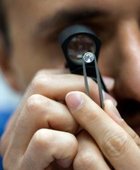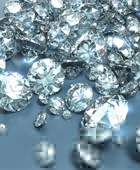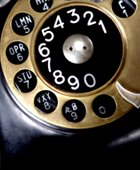The Allure of Diamond Auctions: A Glimpse into Record-Breaking Events
Diamond auctions have long captivated the attention of collectors, investors, and luxury enthusiasts due to the combination of rarity, prestige, and high stakes. Major auction houses such as Sotheby’s, Christie’s, and Phillips have historically hosted sales that not only broke price records but also set benchmarks for trends in the diamond industry. These events bring together a global audience and showcase some of the finest stones ever discovered—often with fascinating provenance, flawless cuts, and unique colors. Notable auctions have included blue diamonds from the famed Cullinan mine, pink stones from Argyle, and even historical gems once worn by royalty. Each of these sales carries lessons for buyers seeking investment-grade stones and for sellers aiming to realize the highest possible price. From marketing and timing to certification and presentation, there are valuable insights to glean from these historic sales.
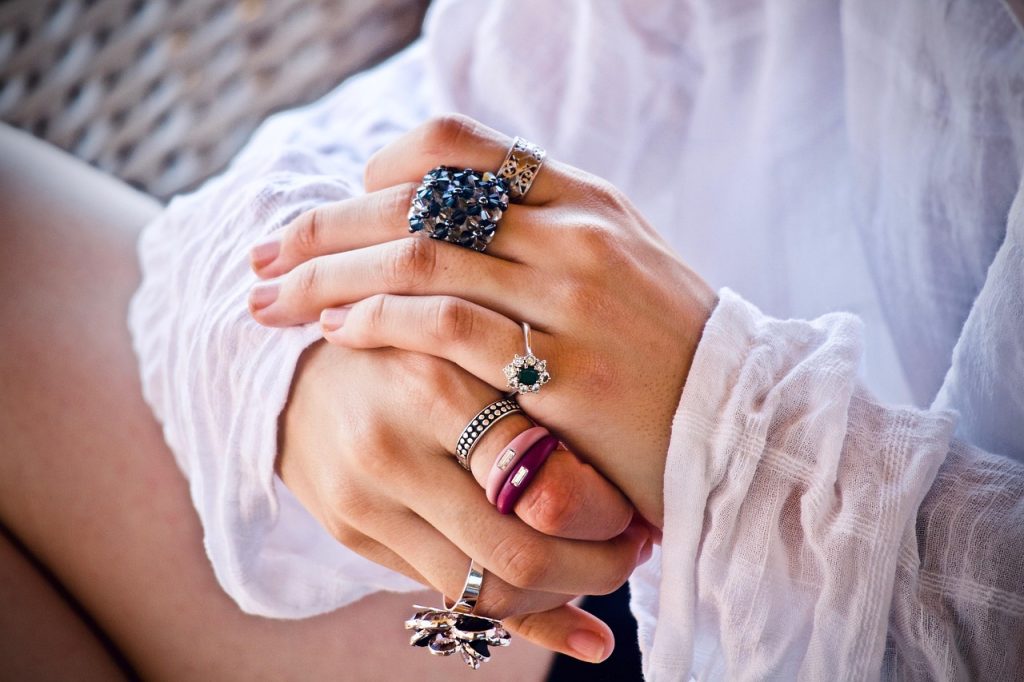
The Pink Star Diamond: A Landmark Sale in Auction History
One of the most extraordinary events in auction history was the sale of the Pink Star diamond. Weighing 59.60 carats, this internally flawless fancy vivid pink diamond was cut from a 132.5-carat rough stone mined by De Beers in Africa in 1999. The stone took nearly two years to cut and polish and is widely regarded as the largest diamond of its category ever graded by the Gemological Institute of America (GIA). In April 2017, Sotheby’s Hong Kong sold the Pink Star for a staggering $71.2 million, making it the most expensive diamond ever sold at auction. This sale offers valuable lessons about demand for colored diamonds, particularly in Asian markets where pink and red stones are associated with luck and prosperity. The role of provenance, impeccable certification, and global marketing campaigns proved instrumental in driving the price upward, offering sellers a blueprint for achieving maximum exposure and appeal.
The Oppenheimer Blue: Prestige, Provenance, and Price
Another record-setting gem is the Oppenheimer Blue, a 14.62-carat vivid blue diamond that was sold by Christie’s Geneva in 2016 for $57.5 million. Named after Sir Philip Oppenheimer, a prominent figure in the diamond industry and former head of the De Beers diamond cartel, the Oppenheimer Blue’s association with one of the most influential diamond dynasties significantly increased its desirability. Beyond its provenance, the diamond’s vivid blue hue, exceptional clarity, and rectangular-cut design appealed strongly to elite buyers. This sale emphasizes the importance of branding and storytelling when marketing high-value stones. Buyers should take note that rarity and historical significance can justify a premium, while sellers are reminded that context, ownership history, and expertly framed narratives can dramatically affect a diamond’s final sale price. The Oppenheimer Blue also underscores the growing appetite for colored diamonds, particularly among ultra-high-net-worth individuals in competitive auction environments.
The Winston Blue and the Role of Brand Associations
In May 2014, Christie’s Geneva witnessed another landmark event with the sale of the Winston Blue, a flawless, 13.22-carat vivid blue diamond that fetched $23.8 million. Purchased by Harry Winston, a legendary name in luxury jewelry, the acquisition reinforced the brand’s identity as a curator of the world’s finest gemstones. The diamond was promptly renamed by the company—a strategic move that not only highlighted the prestige of the purchase but also turned the stone into a brand asset. This auction underscores how brand associations can add considerable value to a diamond’s perceived worth. For buyers, it illustrates how competition from major players can drive up prices and tighten margins. For sellers, aligning with globally recognized buyers or being featured in catalogues by prestigious auction houses may offer added legitimacy and reach. The Winston Blue’s sale is a textbook example of how both diamond quality and branding converge to elevate auction results.
The Graff Pink: Personal Passion Meets Market Power
In 2010, a rare 24.78-carat fancy intense pink diamond went under the hammer at Sotheby’s Geneva and sold for $46.2 million. The buyer was Laurence Graff, a renowned jeweler and founder of Graff Diamonds, who subsequently renamed the stone the “Graff Pink.” The sale demonstrated how powerful personal passion and market expertise can influence high-end auctions. Graff’s purchase was strategic—he believed the stone to be undervalued at the time and later had it re-cut to enhance its symmetry and clarity, potentially increasing its value. This auction serves as an essential case study for both sellers and buyers. For sellers, it’s a reminder that expert buyers may seek stones they can further improve and reposition in the market. For buyers, the Graff Pink illustrates the long-term value potential of high-quality stones and the power of strategic re-certification, re-cutting, and renaming to enhance value and prestige.
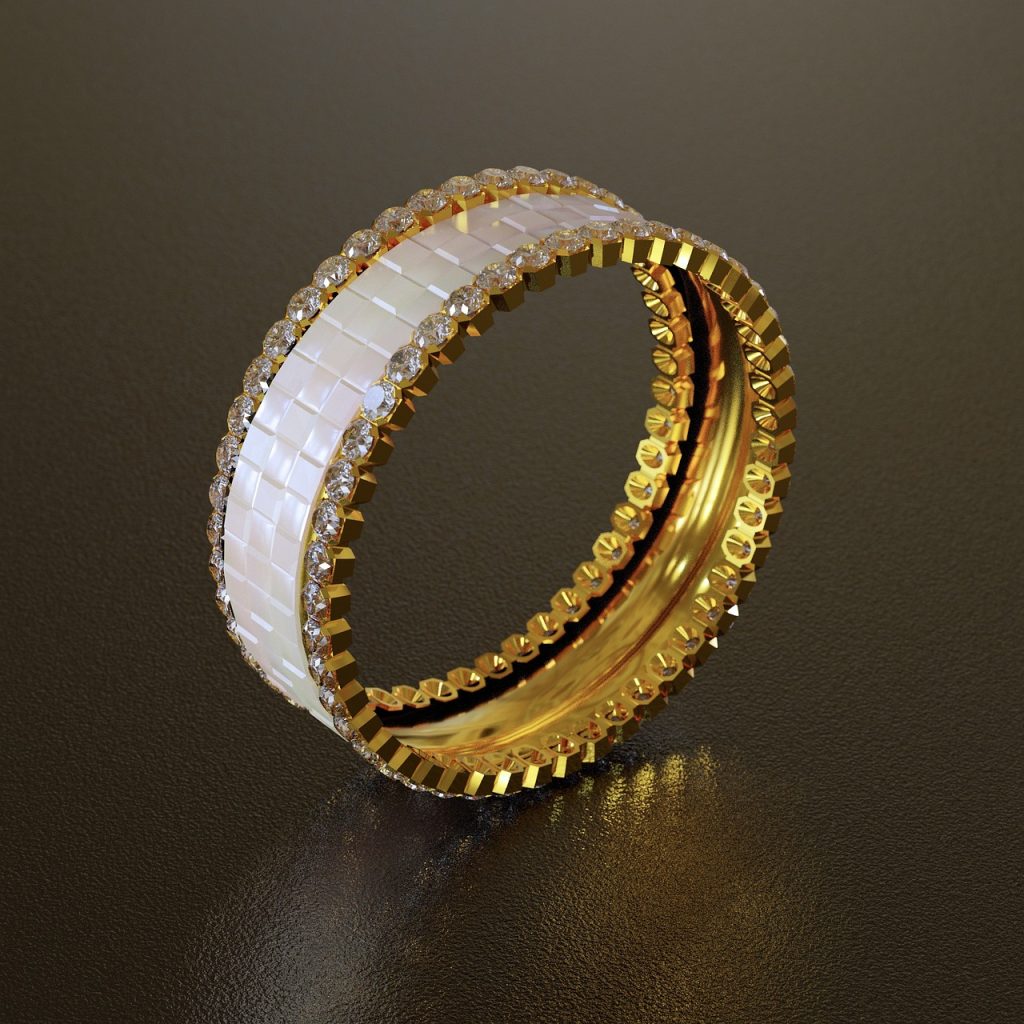
The Blue Moon of Josephine: Sentimental Bidding and Market Emotion
Sold for $48.4 million at Sotheby’s Geneva in November 2015, the 12.03-carat “Blue Moon” diamond captured global headlines not only for its record-setting price per carat but also for its backstory. Purchased by Hong Kong billionaire Joseph Lau, the stone was renamed “Blue Moon of Josephine” in honor of his daughter. The diamond, graded fancy vivid blue and internally flawless by the GIA, demonstrated how emotion and personal motivation can dramatically influence auction dynamics. For sellers, this case highlights the unpredictable factor of emotionally driven bidding, which can inflate prices beyond intrinsic or market value. It also shows the significance of timing and presentation—auction houses often strategically stage such high-profile sales during major auction seasons to attract maximum attention. For buyers, it’s a reminder that competition in the room may come not only from investors but also from collectors driven by sentiment or personal symbolism, making price ceilings unpredictable.
The Legacy of the Wittelsbach-Graff Diamond
The Wittelsbach-Graff diamond is another historically significant gem that exemplifies the role of provenance and enhancement. Originally part of the Bavarian crown jewels, the 35.56-carat fancy deep blue diamond was sold by Christie’s London in 2008 for $24.3 million. Shortly afterward, Laurence Graff controversially decided to re-cut the diamond to improve its clarity, reducing its weight to 31.06 carats. Though the decision stirred debate in the gemological community due to the diamond’s historical value, Graff’s gamble paid off. The stone gained greater brilliance and a higher clarity grade, thus increasing its market appeal. This auction offers critical insights: for sellers, it raises the dilemma between preserving historical authenticity and enhancing market value. For buyers, it underscores the importance of balancing sentimental or historical attachment with future liquidity and value enhancement potential. It also points to the rising influence of elite buyers who often reshape a gem’s identity post-sale.
D Color, Flawless, and Enormous: The Spectacle of the “The Rock”
Christie’s Geneva once again drew global attention in May 2022 with the auction of “The Rock,” a 228.31-carat pear-shaped diamond—the largest white diamond ever to appear at auction. Though it sold for a relatively modest $21.9 million, the event demonstrated how even exceptional stones may not always command record-setting prices. Despite being D color and flawless, “The Rock” faced market conditions that weren’t as favorable, and some critics noted that its size may have limited its practical appeal for jewelry settings. For sellers, this sale serves as a cautionary tale that bigger isn’t always better. Market readiness, global economic conditions, and even subjective aesthetic appeal can play major roles in determining price outcomes. Buyers, meanwhile, can take away that opportunities may arise when unique stones don’t perform as expected at auction—creating chances for under-the-radar value acquisitions in a crowded marketplace.
Key Takeaways for Buyers: Certification, Provenance, and Timing
For buyers looking to participate in high-end diamond auctions, several strategic lessons emerge from these historical sales. First, the importance of certification cannot be overstated. Gems with reports from reputable laboratories like GIA, HRD, or IGI carry far more weight and are often prerequisites for serious bidding. Provenance, too, is a vital factor—diamonds associated with royal lineage, celebrities, or iconic brands often attract higher interest. Buyers should also study timing: auctions aligned with global events, fashion weeks, or market booms typically garner more aggressive bidding. Furthermore, understanding the psychology of the auction environment—how emotions, competition, and prestige can inflate final bids—can help in setting rational limits. Finally, investing in pre-auction research, including attending previews and consulting with gemological experts, remains critical to making informed purchasing decisions in a highly competitive arena.
Lessons for Sellers: Marketing, Enhancement, and Auction House Selection
Sellers seeking to maximize returns from diamond auctions must consider a range of factors beyond the stone’s physical characteristics. Strategic marketing is crucial—successful sales often benefit from global press campaigns, high-end catalog photography, and storytelling that emphasizes the diamond’s uniqueness and emotional appeal. In some cases, enhancements like re-cutting or re-polishing may increase clarity and market value, but these must be weighed carefully against the potential loss of carat weight or historical authenticity. Selecting the right auction house is equally important; while Christie’s and Sotheby’s dominate the high-value space, regional auction houses may better serve mid-range or specialty stones due to their localized networks. Sellers must also be aware of commission structures, reserve price setting, and the timing of the auction itself, as macroeconomic conditions and seasonal trends can affect outcomes. Overall, meticulous planning and professional advice are essential to achieving optimal results.


